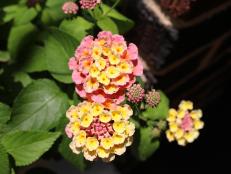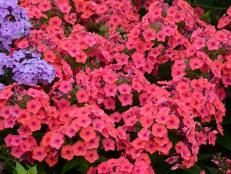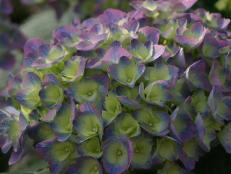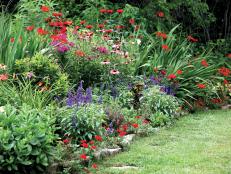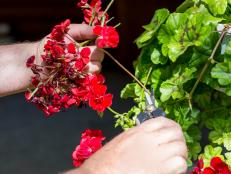Pruning Russian Sage
Learn the how, when and why behind pruning Russian sage
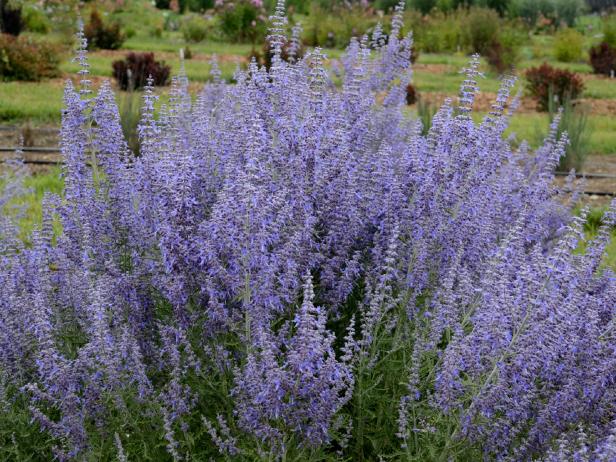
Proven Winners
Tackle Russian sage pruning with confidence. It can seem daunting at first, but once you get the hang of pruning Russian sage, your plants will grow stronger and fuller—and stage a prettier flower show. Pruning is not part of Russian sage propagation, although taking tip cuttings might qualify as a pruning activity by true botanists.
For the average gardener, pruning Russian sage typically occurs on the ends of the growing season—near the start and finish. Russian sage forms a purple haze in gardens starting in mid- to late summer with its purple spires of bloom. The fuzzy flowers are whorled around silver-gray stems, forming an unusual and eye-catching scene. Foot-long flower heads infuse strong drama into plantings. Proper spring Russian sage pruning prepares the way for a spectacular flower show.
As Russian sage matures through the growing season, stems shift from being green, tender and succulent to having a woody component. Garden experts call this type of perennial flower a semi-woody perennial or shrubby perennial. At the end of the flowering season in cold regions, when flowers have faded and a killing frost has occurred, clip Russian sage stems back to 18 inches. Or skip this pruning and leave stems intact through winter to add interest to winter garden scenery. It’s wise to leave stems in place in the coldest areas where Russian sage is hardy—Zones 4 and 5.
As winter arrives and freezing temperatures settle in, stems freeze. Whether or not stems freeze to the point of death depends on how cold it gets and how long the cold hangs around. In spring, new growth emerges on Russian sage from two places: stems and the plant crown, the growing point where roots and stem tissue meet. Typically the crown is buried just beneath soil.
In a hard winter, all of the aboveground stems on Russian sage may be killed, and all new growth emerges from the crown. In milder winters, stems may die back part way. In this instance, new growth on a Russian sage would emerge from both the stems and the crown.
As spring arrives, snip stems back to 12 to 18 inches. If you’re doing your garden clean-up well before the last average frost date, leave 18 inches in place. If all danger of frost has passed, clip stems to 12 inches or shorter.
Russian sage is hardy in Zones 4 to 9. In warmer regions it may not die back much, if at all, during the winter months. In areas with mild winters, tackle pruning Russian sage after flowers fade and when winter settles in. You can give plants a hard prune at this point, cutting plants to 6 to 12 inches tall, if you don’t want to see stems all winter long. Otherwise, wait to do a hard prune in late winter or very early spring.
In areas with long growing seasons, pruning Russian sage immediately after flowering can promote a second flush of bloom. Cut plants back by half to encourage rebloom.







